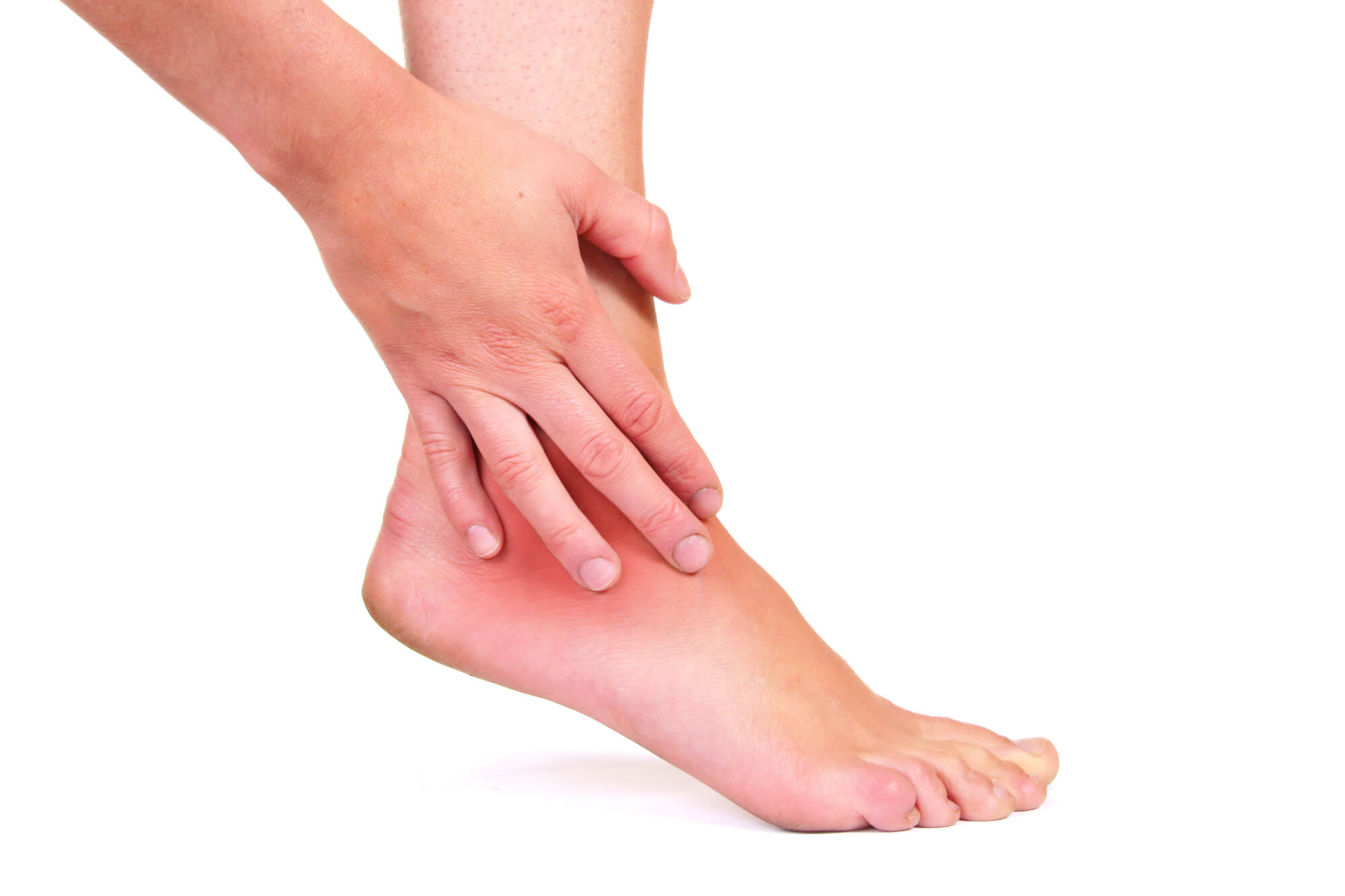Common Tennis Foot Injuries
Tennis is a high-intensity sport that requires quick movements, sudden stops, and direction changes. With such intense physical activity, tennis players are at a high risk of developing foot and ankle injuries. This article will explore common tennis foot injuries, their symptoms, causes, and treatment options. We'll also discuss tips for preventing these injuries and the importance of seeking professional help from a podiatrist. By understanding these injuries and taking proper precautions, you can keep your feet and ankles healthy and pain-free on and off the tennis court.
Types of Foot Injuries in Tennis Players
Tennis players are prone to various foot injuries due to overuse or sudden trauma. The most common tennis injuries include:
Ankle Sprains
Ankle sprains occur when the ankle's ligaments are stretched or torn due to sudden twisting or turning movements. Tennis players are at high risk of ankle sprains due to the quick changes in direction required on the court. Symptoms of an ankle sprain include pain, swelling, bruising, and difficulty walking or putting weight on the affected foot.
Treatment options for ankle sprains include rest, ice, compression, and elevation (RICE), over-the-counter pain medication, and an ankle brace or orthotic device. In severe cases, surgery may be required to repair a torn ligament.
Plantar Fasciitis
Plantar fasciitis is a common injury that causes heel pain due to inflammation of the plantar fascia, the thick band of tissue that connects the heel bone to the toes. Tennis players risk developing plantar fasciitis due to the repetitive impact on the foot from running and jumping on the court. Symptoms of plantar fasciitis include heel pain, particularly in the morning or after periods of inactivity.
Treatment options for plantar fasciitis include rest, ice, anti-inflammatory medication, physical therapy, and orthotic devices or cushioned shoe inserts.

Achilles Tendinitis
Achilles tendinitis occurs when the Achilles tendon, which connects the calf muscle to the heel bone, becomes inflamed due to overuse or sudden trauma. Tennis players risk developing Achilles tendinitis due to the repeated jumping, pivoting, and running required on the court. Symptoms of Achilles tendinitis include pain, swelling, and stiffness in the Achilles tendon.
Treatment options for Achilles tendinitis include rest, ice, anti-inflammatory medication, physical therapy, and an orthotic device or brace. In severe cases, surgery may be required to repair a ruptured or torn tendon.
Stress Fractures
Stress fractures are tiny cracks in the foot and ankle bones that occur due to overuse or repetitive impact. Tennis players risk developing stress fractures due to the repetitive impact on the foot from running and jumping on the court. Symptoms of stress fractures include pain, swelling, and tenderness in the affected area.
Treatment options for stress fractures include rest, ice, crutches, or a walking boot to immobilize the foot. In severe cases, surgery may be required to repair the fracture.
Tennis Foot Injury Prevention Tips
Wear Proper Footwear
Wearing proper tennis shoes is crucial to prevent foot and ankle injuries. Tennis shoes should provide adequate support and cushioning to absorb the shock of jumping and running on hard surfaces. Choose shoes that fit well and have good arch support, which can help prevent common injuries like plantar fasciitis and heel pain. Avoid wearing old, worn-out shoes that no longer provide proper support.
Stretch and Warm Up Before Playing
Stretching and warming up before playing tennis can help prevent injuries by loosening the muscles and joints, increasing blood flow, and improving flexibility. Start with light stretching exercises, such as toe touches, ankle rotations, and calf stretches, and gradually increase the intensity.

Avoid Sudden Changes in Direction and High-Impact Movements
Tennis involves sudden stops, starts, and changes in direction that can put a lot of stress on the feet and ankles. Avoid sudden, jerky movements that can lead to injuries like sprains and strains. Instead, focus on smooth, fluid movements and proper footwork techniques. It's also crucial to avoid high-impact movements like jumping or hard landings whenever possible.
Rest and Take Breaks When Feeling Pain or Discomfort
Ignoring foot and ankle pain can lead to more severe injuries and prolonged recovery times. If you experience pain or discomfort, take a break and rest to allow your body time to recover. Playing through the pain can exacerbate the injury and lead to long-term damage. If the pain persists, seek professional medical help from a podiatrist.
Use Orthotic Devices or Cushioned Shoe Inserts for Additional Support
Orthotic devices, such as shoe inserts or braces, can provide additional support and cushioning to the feet and ankles, helping to prevent injuries. Custom orthotics can fit your foot's specific shape and provide maximum support and comfort. Cushioned shoe inserts can also help reduce the impact of jumping and running on hard surfaces, reducing the risk of injury.
Conclusion
Foot and ankle injuries are common among tennis players due to the nature of the sport. However, understanding the common injuries, their symptoms, and treatment options is crucial for maintaining good foot and ankle health. It's essential to take preventive measures to avoid these injuries, such as proper footwear, stretching, warming up before playing, and taking breaks when necessary. Seeking professional help from a podiatrist when experiencing pain or discomfort is also critical in ensuring proper diagnosis and treatment. Tennis players can continue to enjoy their favorite sport pain-free for years by prioritizing foot and ankle health and taking preventive measures. Remember, your feet and ankles are the foundation of your body, so take care of them!

